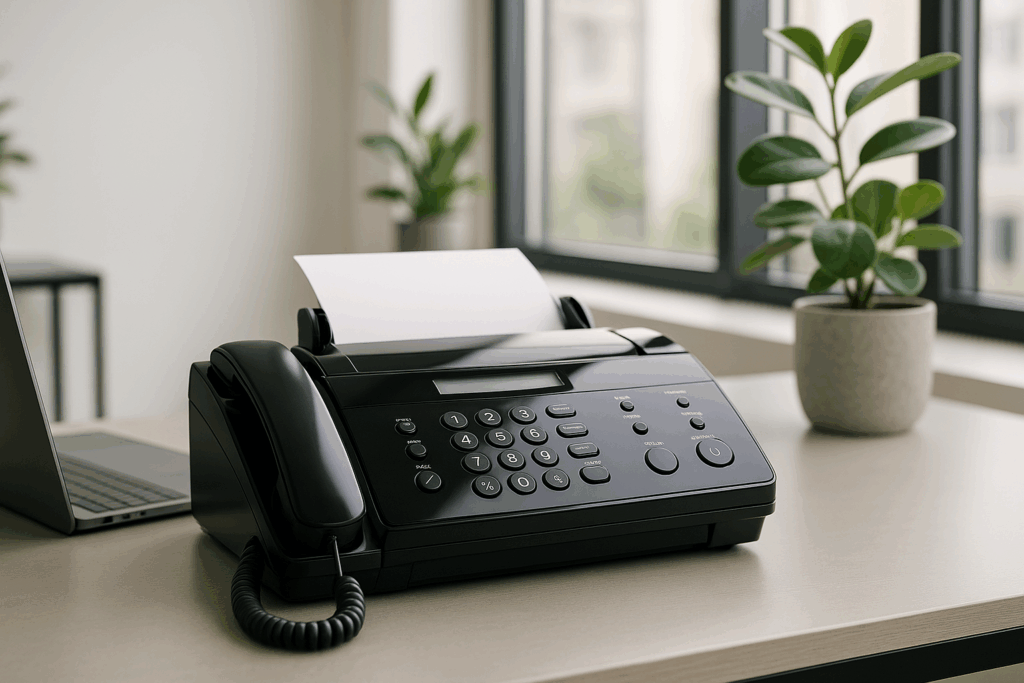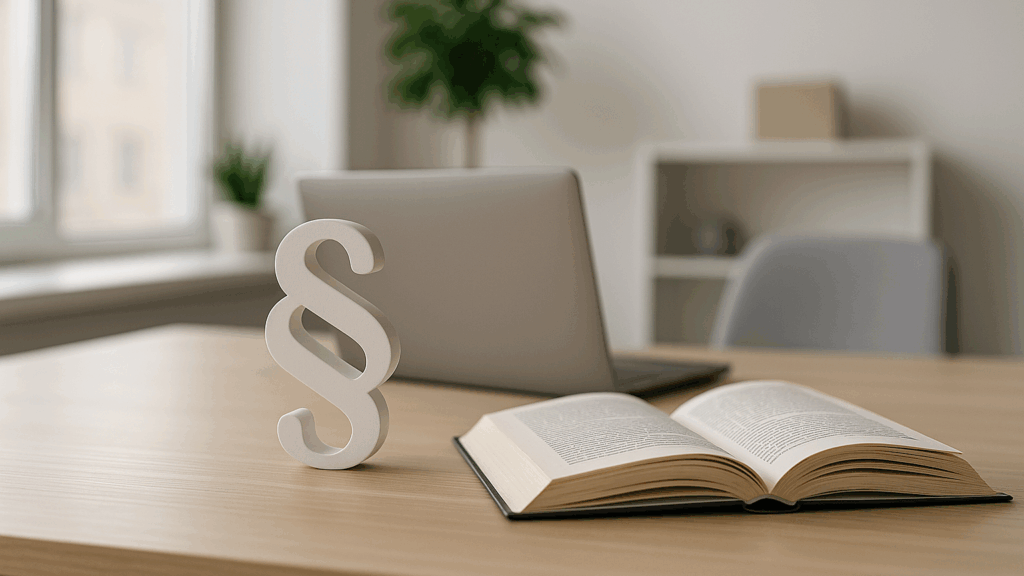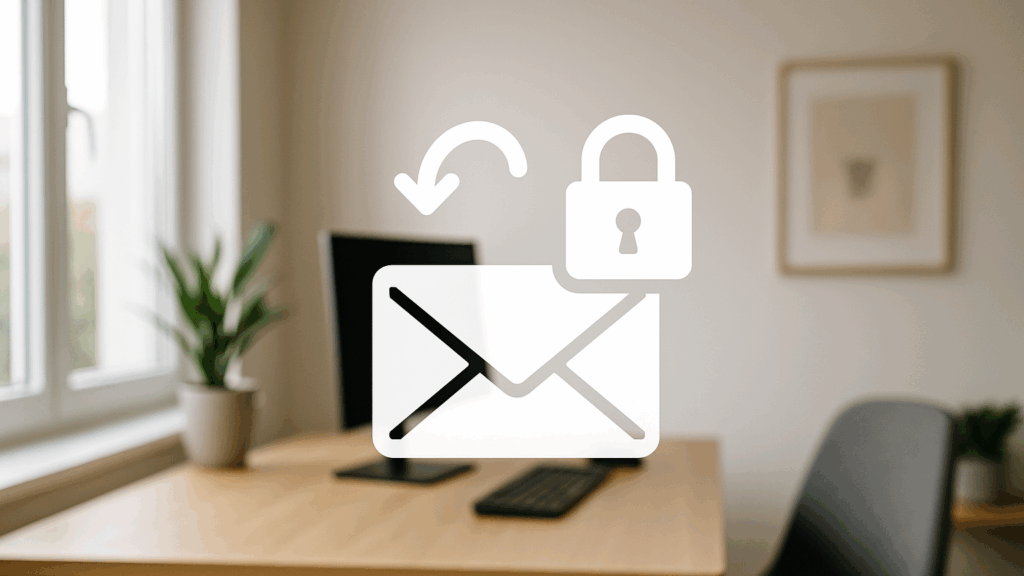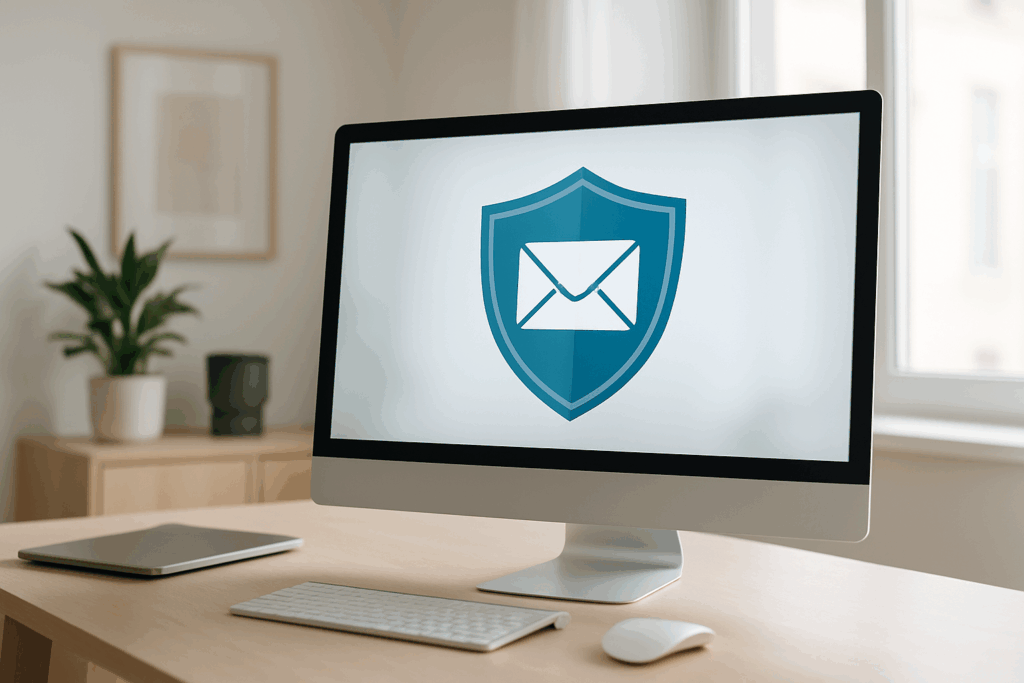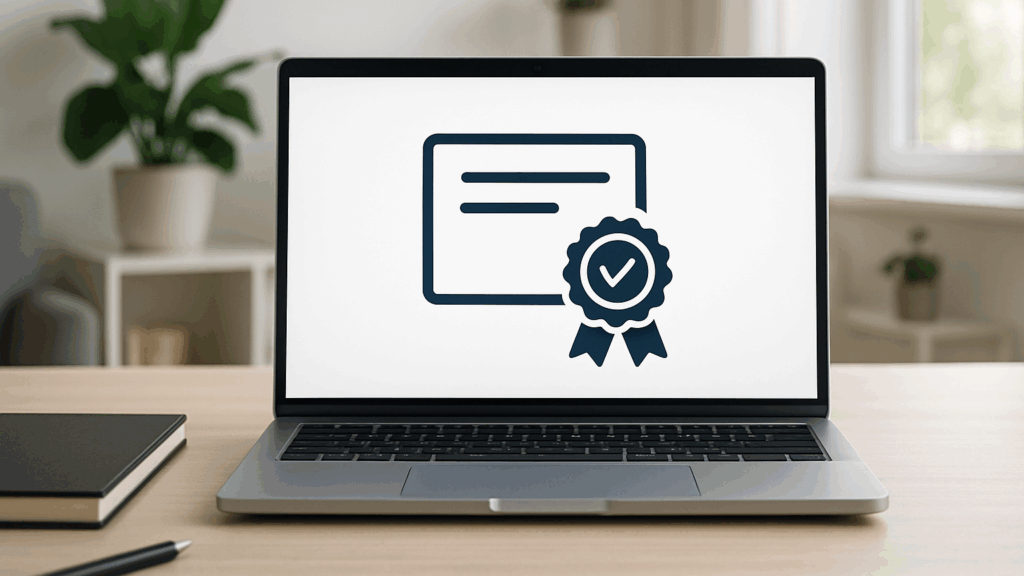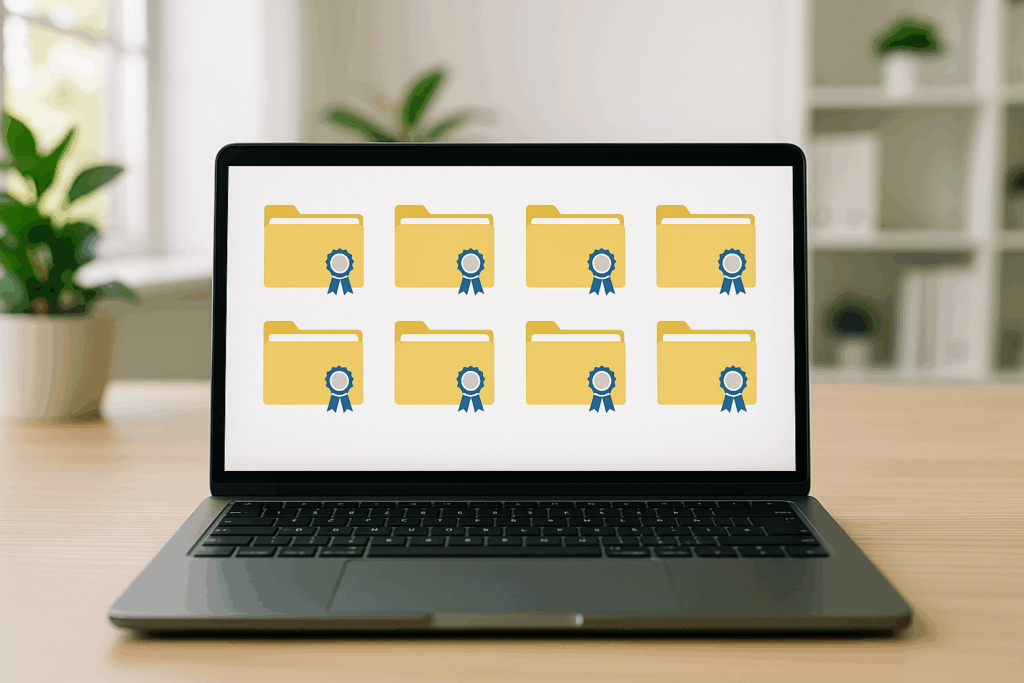Emails are the backbone of business communication – but without encryption, they are an easy target for cyberattacks. Companies, public bodies, and the healthcare sector face the challenge of transmitting sensitive data securely. The GDPR, the NIS 2 Directive, and the Health Telematics Act require companies and organizations to take special measures to protect data (including personal data).
Who needs to encrypt emails?
- Healthcare companies: Patient data must never be sent unencrypted.
- Physicians: Medical correspondence contains confidential patient information and must be protected.
- HR departments: Personnel files and applicant data contain highly sensitive information.
- Lawyers and tax advisors: Client data requires maximum security.
- IT and finance departments: Contracts, banking information, and passwords must not fall into the wrong hands.
This is where email encryption in Outlook comes into play – a simple yet effective solution for secure message exchange.

Options for email encryption in Outlook
1. Office 365 Message Encryption (OME)
Microsoft offers an email encryption solution, Office 365 Message Encryption (OME). This solution is particularly suitable for companies that already use Office 365 and require an integrated, user-friendly encryption solution.
This is how OME works:
- Emails are encrypted directly via Microsoft servers.
- Recipients must authenticate themselves, e.g., with a Microsoft account or a one-time password.
- Senders can restrict what recipients can do with the email (e.g., no forwarding or copying).
Advantages:
- No additional certificates required.
- Easily integrated with Office 365.
- Controllable access rights for recipients.
Disadvantages:
- No true end-to-end encryption, as Microsoft theoretically has access to the email content.
- Works best within the Microsoft ecosystem; recipients without a Microsoft account must authenticate indirectly.
- No international standard.
- Dependence on the manufacturer (Microsoft)

2. S/MIME Encryption with zertmail.
The most secure method for encrypting emails in Outlook is S/MIME encryption, which enables true end-to-end encryption. Here, zertmail uses proven asymmetric encryption:
- The sender encrypts the message with the recipient’s public key.
- Only the recipient can decrypt the message with the private key.
zertmail. offers a complete solution for S/MIME encryption:
- Digital signatures: Emails can be signed with a legally valid signature to ensure authenticity.
- Automatic or case-by-case encryption: Companies can decide whether all emails are encrypted by default or only specific messages.
- Easy implementation: zertmail. is set up once with the IT department or the responsible network administrator. Setup doesn’t take long and ensures that all employees can use the encryption.
Advantages:
- True end-to-end encryption without third-party access.
- Digital signature to ensure authenticity.
- Flexible application: Automatic encryption or, on a case-by-case basis, via the zertmail. Outlook plugin.
- Works with all email clients that support S/MIME.
Disadvantages:
- Requires a one-time setup with an S/MIME certificate.
- Both the sender and recipient require a valid certificate.

Comparison: Office 365 Message Encryption (OME) vs. S/MIME with zertmail.

Why is S/MIME encryption with zertmail the better choice?
- True end-to-end encryption: Microsoft cannot decrypt emails.
- Compatible with various clients: Works not only in Outlook, but also in other email programs.
- Protection against tampering: Digital signatures guarantee authenticity and integrity.
- Easy setup with the IT department: Implementation is a one-time process and ensures long-term security.
Conclusion: The right solution for your email security
Whether for HR departments, financial institutions, or healthcare providers, email encryption in Outlook is crucial for protecting sensitive data. Choosing the right method depends on individual requirements:
- Office 365 Message Encryption (OME) is a simple solution for companies operating within the Microsoft ecosystem. However, it does not offer true end-to-end encryption.
- S/MIME with zertmail. is the most secure solution, offering true end-to-end encryption, digital signatures, and maximum control over data.
- zertmail. supports companies with implementation in conjunction with their IT department, allowing encryption to be quickly and easily integrated into everyday work.
Would you like to encrypt your emails easily and securely? Request a quote now and encrypt emails and attachments quickly and easily with zertmail.


